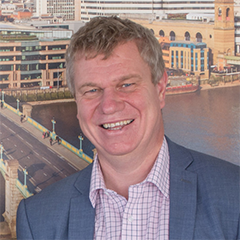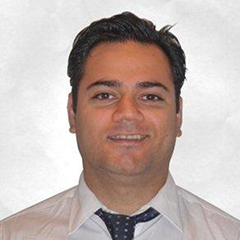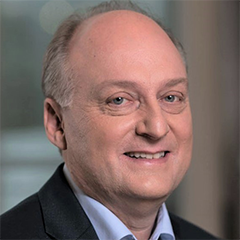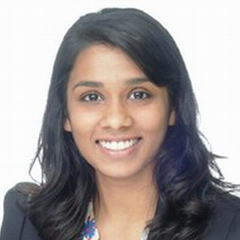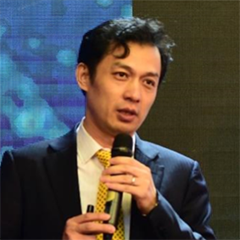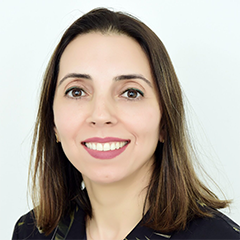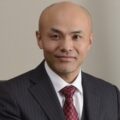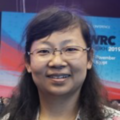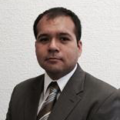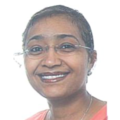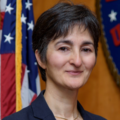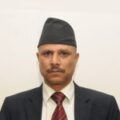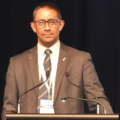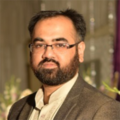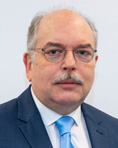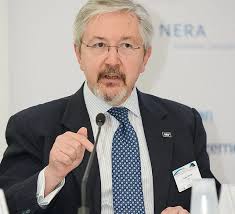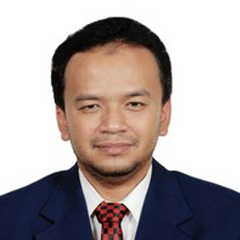Managing Director, Windsor Place Consulting
Scott W Minehane is an international regulatory and strategy lawyer/economist in the communications sector and has been involved in advising investors, operators, Governments and regulators in Australia, Asia, the Pacific and Africa for over 30 years. His expertise extends to policy, legislative drafting, regulation, spectrum management, national broadband network and new generation fixed and mobile technologies including 5G.
He is the principal of Windsor Place Consulting Pty Ltd an independent consultancy practice, through which he has advised a range of international organisations including inter alia the International Telecommunications Union (ITU), the World Bank, the GSMA and ASEAN. He was the author of the June 2020 ITU GSR Discussion Paper on the telecommunications sector responses to COVID-19. He has advised Governments, telecommunications regulators, MNOs and other stakeholders in Australia, Asia, Africa and the Middle East. He is currently the World Bank spectrum adviser to the Indonesian Government and from 1 July 2020 to the Pakistan Government/regulator.
Prior to the establishment of Windsor Place Consulting in 2000, Scott was a Director and Principal Consultant at Cutler & Company (1993-2000) and worked in the Australian Government in the late 1980s/early 1990s on the introduction of telecommunications competition including the licensing of the second telecommunications operator and the third mobile operator.
Scott is an independent director of Australian Stock Exchange (ASX) listed companies selling wireless technology including waveforms and public mobile radio (PMR) solutions – Etherstack (ASX:ESK) being used for emergency services and first responders as well as online financial transactions – iSignthis (ASX:ISX).
Scott has a Bachelor of Economics (1986) and a Bachelor of Laws (1991) from the University of Queensland and holds a Master of Laws specialising in Communications and Asian Law from the University of Melbourne (1998). He currently resides in Melbourne, Australia.














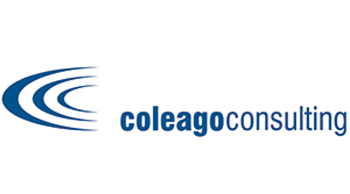
















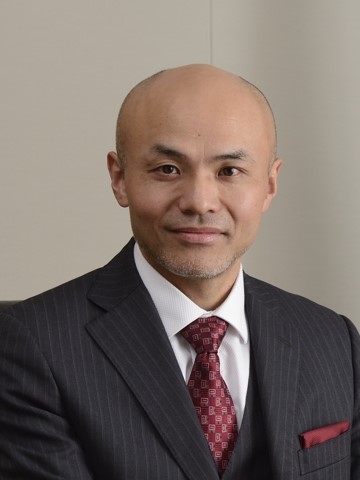 Masanori Kondo, Secretary General, Asia Pacific Telecommunity (APT)
Masanori Kondo, Secretary General, Asia Pacific Telecommunity (APT) 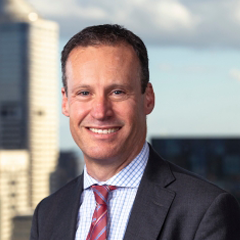

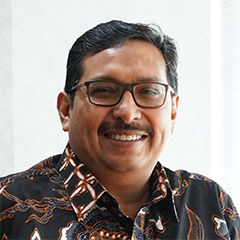



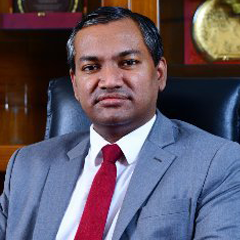


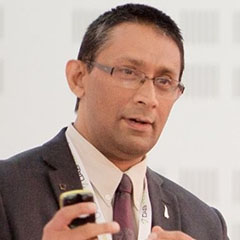


 Tare Brisibe, Senior Legal & Regulatory Counsel, APAC, SES
Tare Brisibe, Senior Legal & Regulatory Counsel, APAC, SES 

